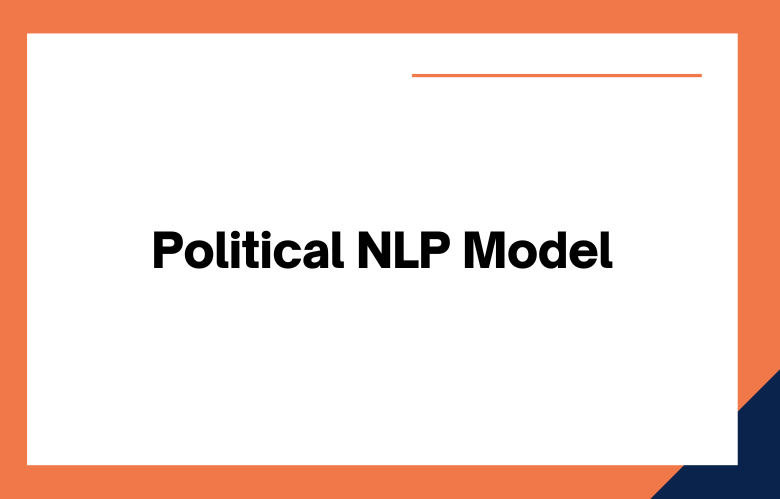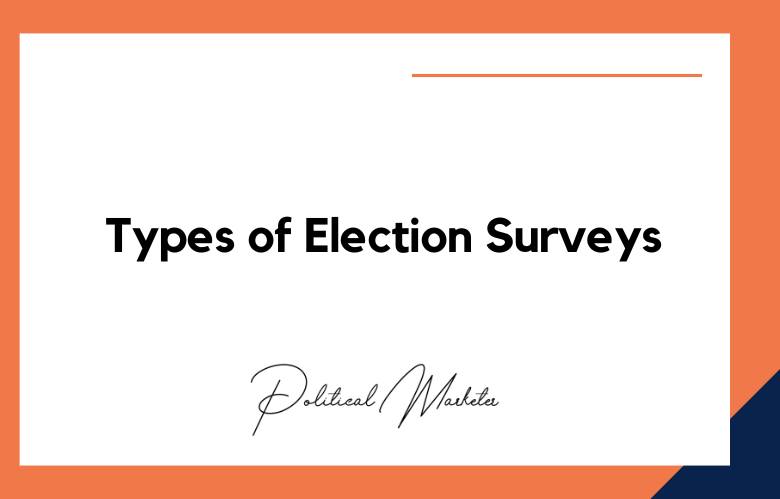Natural language processing (NLP) is a subfield of artificial intelligence that involves the interaction between humans and computers using natural language. NLP aims to make it possible for computers to understand human language and respond naturally to humans.
In the past few years, political NLP has emerged as a powerful tool for understanding and analyzing political texts, such as speeches, news articles, and tweets.
Political NLP models can be used for tasks such as automatically identifying political texts’ topics, measuring political texts’ sentiment, and predicting election outcomes.
We will discuss how to build an efficient political NLP model. We will cover the following topics:
- Data collection
- Data preprocessing
- Training the model
- Evaluating the model
- Deploying the model
- Conclusion
- References
Data Collection
The first step in building a political NLP model is to collect data. Many political data sources exist, such as speeches, news articles, tweets, and government documents.
To build a high-quality NLP model, it is essential to use a large amount of high-quality data.
One way to collect high-quality data is to scrape it from websites using web scraping tools such as Scrapy or BeautifulSoup.
Another way to collect high-quality information is to purchase it from commercial data providers such as GDELT or Quid.
Data Preprocessing
The second step in building a political NLP model is preprocessing the data.
This step is essential because it can help improve the accuracy of the NLP model by removing noise from the data set.
Data preprocessing includes tokenization, lemmatization, stopword removal, and named entity recognition.
Training the Model
The third step in building a political NLP model is to train the model on a labeled training set.
A labeled training set is a dataset where a human expert manually labels each example with the correct output value.
An NLP model can be trained on a labeled training set using supervised learning algorithms like Support Vector Machines or Logistic Regression.
Evaluating the Model
The fourth step in building a political NLP model is to estimate the accuracy of the trained model on a held-out test set.
A held-out test set is a dataset that has been reserved for testing purposes and was not used during training.
Evaluation helps ensure that the trained model generalizes well to new examples and does not overfit the training data.
Deploying the Model
The fifth and final step in building a political NPL model list is to deploy the trained model into a production environment for real-world process inputs and generate predictions or recommendations.
This can be done using the many open-sourceNPLtoolkits available online, such as spaCyor NLTK.
Another option is to train your custom models using the Google CloudNatural Language API or the AzureCognitive ServicesText Analytics API.
Dataset Preprocessing
The first step in the NLP task is to preprocess the data. This involves steps such as tokenization, lemmatization, and stopword removal.
For this task, we will remove punctuation and convert all words to lowercase. The code for this step can be found below.
After preprocessing the data, we end up with a list of words for each speech. The next step is to create vectors for each lesson.
We can do this using a technique called bag-of-words. A bag-of-words representation represents a document as a vector of the counts of each word in the vocabulary.
Use Case 1: Tracking and Regional Monitoring Sentiment about issues and candidates.
One way that NLP can be used in politics is to track and monitor sentiment around issues and candidates at a regional level.
This information can be used by campaigns to tailor their messaging and outreach efforts accordingly.
You will need to collect data from social media platforms, news outlets, and other sources.
Once you have this data, you will need to process it using NLP techniques to extract the relevant information.
You will need to visualize the results to see which regions express positive or negative sentiments about particular issues or candidates.
Use Case 2: Gauging Voting Intention
Another way NLP can be used in politics is to gauge voting intention. Campaigns can use this information to better target their advertising efforts.
You will need to collect data from online surveys, polls, and other sources.
Once you have this data, you will need to process it using NLP techniques to extract the relevant information.
You will need to build a predictive model to estimate how people are likely to vote based on their answers to the survey questions.
Use Case 3: Predicting Election Outcomes
The final way NLP can be used in politics is to predict election outcomes. Campaigns can use this information to adjust their strategies accordingly.
To find out how people are likely to vote based on their answers to the survey questions.
How to Build an Efficient Political NLP Model
There are things to notice when building a political NLP model. The first is the task you want your model to perform.
Do you want it to do sentiment analysis? Identify the topics discussed in a text.
Classify the text as positive or negative. The second thing to consider is the corpus you will use to train your model.
A corpus is a collection of texts used to train machine learning models.
For political NLP, you will want to use a corpus that contains political texts from various sources.
This could include speeches from politicians, news articles about politics, and tweets from politicians and everyday people about politics.
The third thing to consider is which machine learning algorithm you will use to train your model.
Many different algorithms could be used for political NLP, such as support vector machines, decision trees, and Naive Bayes classifiers.
Once you have considered these things, you can begin building your model.
We will use the Python programming language and the sci-kit-learn library to build our model.
First, we need to load our corpus into Python.
Data Requirements for a Political NLP Model
You will need a dataset containing many political articles to build a political NLP model.
The articles can be from any source, such as newspapers, blogs, or websites.
The articles must be from reliable sources so that the information in the reports is accurate.
You will also need to ensure that the dataset is balanced so that the model seems independent of any political party.
Methods for Training a Political NLP Model
Various methods can be used to train a political NLP model. One popular way is to use a supervised learning algorithm, such as support vector machines (SVMs).
SVMs can learn complex patterns in data, making them well-suited for tasks such as text classification.
Another popular method is to use unsupervised learning algorithms, such as latent Dirichlet allocation (LDA). LDA can learn hidden structures in data, which can be helpful for tasks such as topic modeling.
Whatever method you choose, it is essential to tune the algorithm’s hyperparameters so that the model achieves good performance on the task.
Factors to consider when building an NLP Model
The Type of Data
When building an NLP model for sentiment analysis, you must consider the input data you will use.
For example, social media posts are often written in an informal style, making them challenging to analyze. On the other hand, news articles are usually written in a more standard style, making them easier to process.
If you are unsure about what type of data you should use, consult someone with experience building NLP models.
The Purpose of the Model
Before you start building it, you must decide what you want your NLP model to achieve.
For example, suppose you want your model to automatically classify texts as positive or negative sentiments.
In that case, you will need to use a different approach than if you want your model to be able to generate new text with positive sentiment.
Once you have decided on the purpose of your model, you can begin researching different methods to help you achieve your goal.
The Target Audience
Another essential factor to consider when building an NLP model is who your target audience is.
For example, if you are building a sentiment analysis system for political activists, you will need to consider the specific needs of your target users.
On the other hand, if you are building a sentiment analysis system for government officials, you will need to focus on accuracy and fairness above all else.
It is essential to keep your target audience in mind throughout building your NLP model./
The Resources available
When building an NLP model, it is essential to consider the resources that you have available.
For example, if you do not have much computational power, you will need to use a less resource-intensive approach.
On the other hand, if you have plenty of time but little money, you can afford to spend more time optimizing and tuning your model.
It is essential to use the resources available so that you can build the best possible NLP model, given the constraints severely limiting my ability to reach my full potential right now.
Conclusion
As we have seen, building a political NLP model is a complex task. It requires careful data preparation, feature engineering, and model selection.
However, with the right tools and team in place, it can be a compelling way to understand voter sentiment and win campaigns.
If you want more information on how our team can help you build a successful political NLP model or are interested in our consulting services, please don’t hesitate to contact us.
We would be happy to discuss your specific needs and see how we can help you achieve your campaign goals.
Call: +91 9848321284
Email: [email protected]










